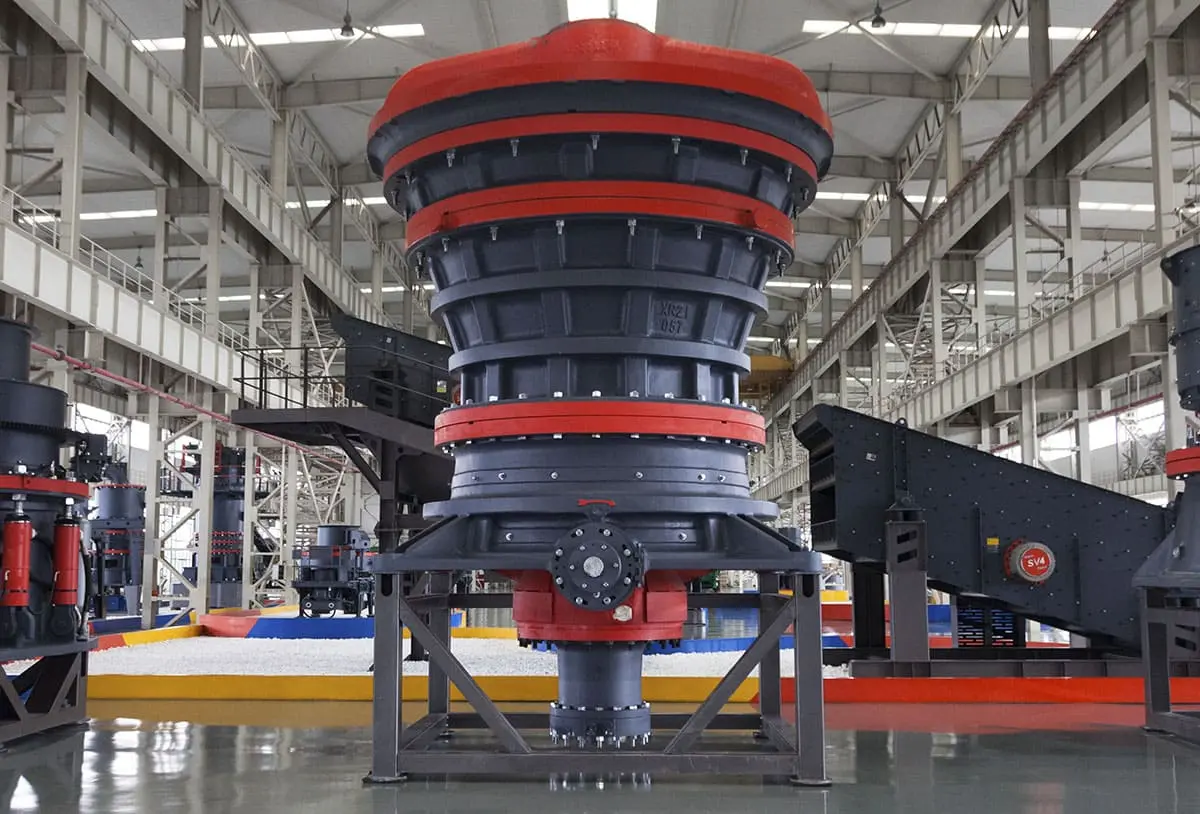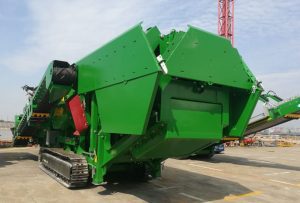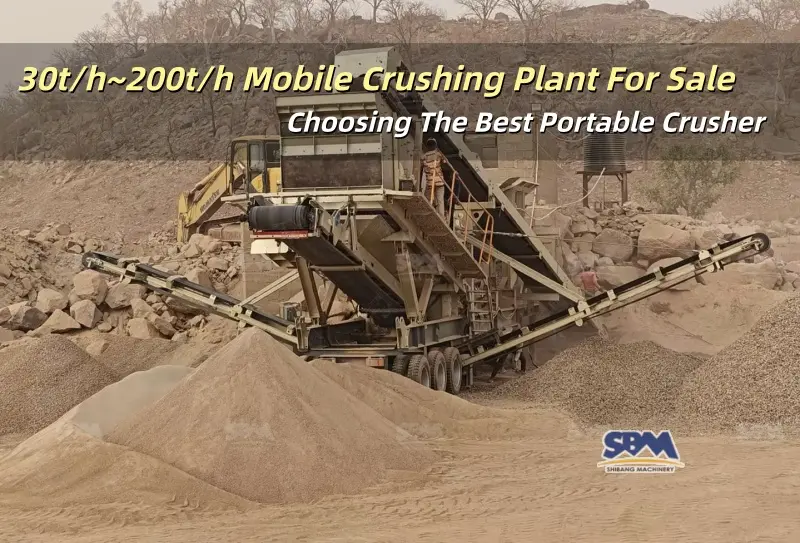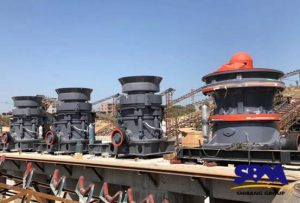Email: [email protected]
Crushed Limestone
[icon name=”arrow-right” prefix=”fas”] Introduction
Crushed limestone is a popular material used to create a variety of landscaping features. We make it by breaking limestone into small pieces and use it as a base material for driveways, walkways and patios. We also use it as a base material for retaining walls and as a filler for concrete. It is a versatile material that is easy to work with and provides a durable and long-lasting surface.
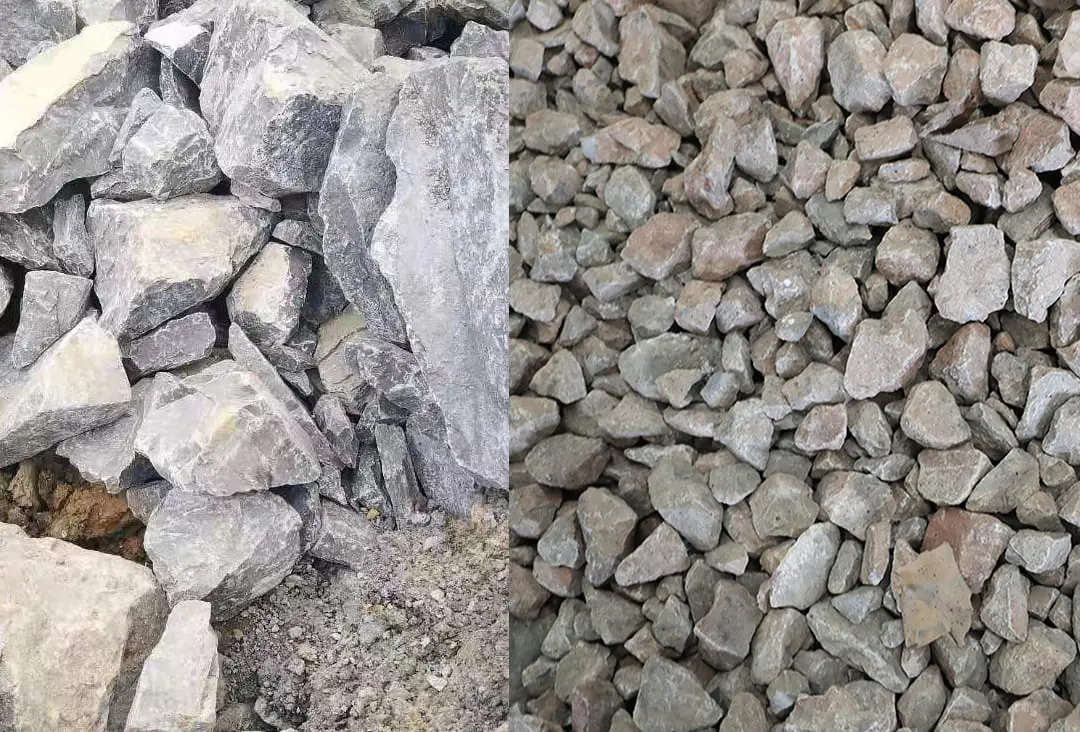
[icon name=”arrow-right” prefix=”fas”] Different Uses for Crushed Limestone in Construction Projects
Crushed limestone is a versatile material that has a wide range of uses in construction projects. It is a popular choice for both residential and commercial applications due to its durability, affordability, and availability. In this part, we will explore the different uses for the construction aggregate in construction projects.

[icon name=”1″ prefix=”fas”] Base Material for Roads, Driveways, and Parking Lots
One of the most common uses for the limestone is as a base material for roads, driveways, and parking lots. To create a stable and level surface that can withstand heavy traffic and weather conditions, we compact and grade the material. Crushed limestone can also serve as the base material for concrete and asphalt pavements. It provides a strong and durable foundation for these structures.
[icon name=”2″ prefix=”fas”] Landscaping Material
Another popular use for crushed limestone is as a landscaping material. We commonly use this material for paths, walkways and retaining walls in gardens and outdoor spaces. It can also be a decorative element in landscaping projects, adding texture and color to the design.
[icon name=”3″ prefix=”fas”] Construction of Buildings and Structures
In addition to being used as a base material and a landscape element, crushed limestone is also useful in the construction of buildings and structures. This material is usually the filler or aggregate in concrete and masonry, providing strength and stability to the structure. Limestone is also a sustainable building materials in its own right, with applications ranging from walls to floors.
[icon name=”4″ prefix=”fas”] The Production of Lime
To produce lime, a vital raw material for manufacturing steel, glass, and other industrial products, people use crushed limestone. They heat the material to high temperatures in a kiln, which generates quicklime, a substance utilized in different industrial processes.
[icon name=”5″ prefix=”fas”] The Production of Agricultural Lime
Another important use for the limestone is in the production of agricultural lime. The material is ground into a fine powder and spread on fields to neutralize acidic soils and improve crop yields. Agricultural lime is an essential component of modern farming practices, helping to ensure that crops are healthy and productive.
[icon name=”6″ prefix=”fas”] The Production of Construction Materials
Lastly, the production of construction materials like cement and concrete involves utilizing crushed limestone as well. The material is ground into a fine powder and mixed with other ingredients to create a strong and sustainable building materials. It is an important component of many construction projects, providing strength, durability, and versatility to the finished product.
In conclusion, processed limestone is a versatile material that has a wide range of uses in construction projects. From roadways and landscaping to building materials and industrial applications, the limestone is an essential component of modern construction practices. Its durability, affordability and practicality make it a popular choice for both residential and commercial projects. Its versatility ensures that it will continue to be an important material in the construction industry for years to come.
[icon name=”arrow-right” prefix=”fas”] The Environmental Impact of Using Crushed Limestone
The usage of crushed limestone can have either positive or negative effects on the environment, depending on how people use and maintain it.
On the plus side, employing processed limestone in building may help the environment in a number of ways. For instance, it is a resource that is readily accessible locally and abundant, which lessens the need for transportation and the related greenhouse gas emissions. It can replace more ecologically harmful materials such as concrete, and it is affordable.
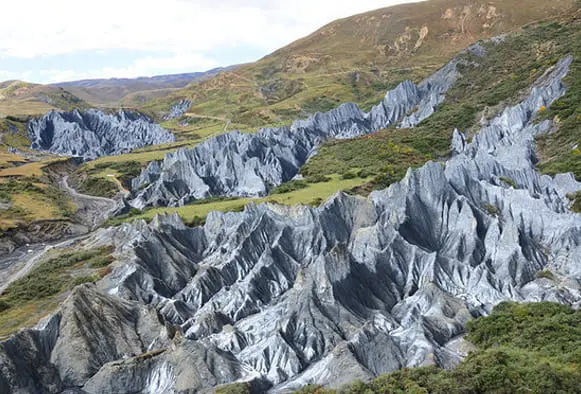
The usage of crushed limestone, however, may potentially have unfavorable consequences. The effect on water quality is one issue. When people break and use limestone as a construction aggregate, it may release calcium carbonate and other minerals into nearby water sources. Alkalinity may rise as a result, harming aquatic habitats and degrading the taste and purity of drinking water.
The discharge of dust and other airborne pollutants during the crushing and transportation of limestone is another possible issue. This can harm people’s health, especially those with respiratory conditions, and add to air pollution.
Carefully managing the usage of the limestone is crucial to reducing these detrimental effects. This may entail taking steps to reduce dust emissions, check water quality, and put best practices for building and material management into action. Overall, with careful management, we can reduce the negative environmental impact of using processed limestone while still enjoying the benefits of this adaptable building material.
[icon name=”arrow-right” prefix=”fas”] How Crushed Limestone Can Improve Soil Quality?
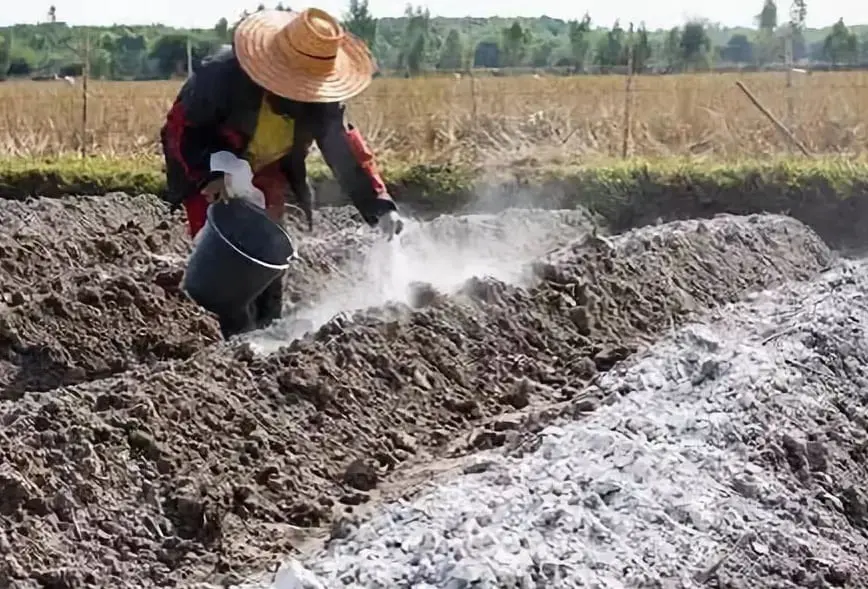
Several ways that crushed limestone can enhance soil quality include:
- Increases pH levels: Because industrial limestone powder is naturally alkaline, adding it to soil can help increase the pH level. Excessively acidic soils can have a negative impact on plant development and nutrient uptake. It can improve soil’s pH level to make it more hospitable to plant development.
- Provides essential nutrients: Limestone contains calcium and magnesium, which are essential elements for plant development. These nutrients aid in the growth of robust roots, wholesome foliage, and an abundance of flowers and fruit.
- Improves soil structure: By improving porosity and lowering compaction, soil neutralization can assist enhance soil structure. Better drainage, aeration, and water retention are made possible as a result, all of which can promote plant development.
- Reduces soil erosion: Crushed limestone put to the soil might aid in reducing soil erosion. It gives plants a secure foundation on which to thrive and aids in preventing soil from washing away during heavy downpours or violent storms.
- Acts as a natural weed suppressant: By forming a barrier between the soil and the seeds, soil neutralization can aid in preventing the growth of weeds. The use of pesticides and other chemical weed management techniques may be lessened as a result.
In general, adding industrial limestone powder to soil can be advantageous, particularly if the soil is very acidic or deficient in vital nutrients. It’s crucial to remember that the quantity of limestone required will vary depending on the soil type, pH level, and other elements. The easiest way to decide on the right dosage and application technique for your particular circumstance is to speak with a soil specialist or agronomic.
[icon name=”arrow-right” prefix=”fas”] Benefits of Using Crushed Limestone for Landscaping

Popular landscaping material, crushed limestone has several advantages for both homeowners and landscapers. The following are some advantages of utilizing crushed limestone for landscaping:
- Cost-effective: Crushed limestone is an appealing alternative for individuals on a tight budget because it is a reasonably cheap landscaping material.
- Durability: Limestone is a strong substance that can survive adverse weather conditions and high foot traffic. As a result, it’s a fantastic choice for walkways, driveways, and other busy areas.
- Simple to shape and arrange: The limestone is simple to shape and arrange to create a number of landscape elements, including retaining walls, garden borders, and ornamental paths.
- Drainage: Because it is a porous material that easily permits water to pass through it, it is the perfect option for locations where drainage is an issue.
- Aesthetic appeal: landscaping crushed limestone is a flexible material for landscaping projects since it comes in a range of hues and sizes. It may be utilized to compliment a range of architectural types as well as to provide a variety of textures and patterns.
- Environmentally friendly: Because it is a naturally occurring material that is mined from quarries and can be recycled and used for a range of tasks, it is a good option for landscaping.
In general, landscaping limestone is an adaptable, affordable, and beautiful landscaping component that may improve the aesthetics and practicality of any outdoor environment.
[icon name=”arrow-right” prefix=”fas”] Several Types of Equipment For Manufacturing Crushed Limestone
There are several types of equipment used in the manufacturing process of crushed limestone. These include crushers, screens, conveyors, and feeders. Each piece of equipment plays a crucial role in the production process, ensuring that the limestone is crushed to the desired size and quality. In this part, we will explore the different types of equipment used in the manufacturing of crushed limestone.
[icon name=”1″ prefix=”fas”] Jaw Crusher [icon name=”arrow-up” prefix=”fas”]
In mining and construction industries, a jaw crusher is a commonly used equipment for crushing limestone due to its ability to crush materials of any hardness. The crusher uses compressive force to break down the material into smaller pieces. To begin the process, the material is fed into the crusher through a hopper. Then, the jaws of the crusher move back and forth to crush the material. Finally, the crushed material exits the crusher through a discharge opening at the bottom.
[icon name=”2″ prefix=”fas”] Cone Crusher [icon name=”arrow-up” prefix=”fas”]
A cone crusher, which has a different shape than a jaw crusher, is another type of equipment used for crushing limestone. In a cone crusher, a mantle gyrates or rotates inside a concave bowl. The material is crushed against the concave bowl with the rotation of the bucket. Then the material is discharged through the discharge port at the bottom of the crusher.
[icon name=”3″ prefix=”fas”] Impact Crusher [icon name=”arrow-up” prefix=”fas”]
The mining and construction industries commonly use an impact crusher, which is a type of equipment for crushing limestone. It can crush materials of any hardness by using a rotor that rotates at high speeds to crush the material against a series of anvils. The crusher then discharges the crushed material through a discharge opening located at the bottom.
[icon name=”4″ prefix=”fas”] Vibrating Screen [icon name=”arrow-up” prefix=”fas”]
After the crusher crushes the limestone, the material goes through a screening process to separate it into different sizes, usually using a vibrating screen. This type of screen has a vibrating screen deck that rapidly shakes to separate the limestone into various sizes. If any material is too big to pass through the screen, it gets sent back to the crusher for further crushing.
[icon name=”5″ prefix=”fas”] Conveyor Belt [icon name=”arrow-up” prefix=”fas”]
Once the limestone is crushed and screened, it is transported to a storage facility using a conveyor belt. This belt moves continuously, carrying the material from one location to another. The material gets loaded onto one end of the conveyor belt and unloaded at the other end.
To conclude, We can use various types of equipment to crush limestone. Examples include jaw crushers, cone crushers, impact crushers, vibrating screens and conveyor belts. Each equipment type has its distinct characteristics and advantages, and selecting the appropriate equipment is crucial. With the right equipment, we can produce top-quality crushed limestone for a variety of uses.
[icon name=”arrow-right” prefix=”fas”] Conclusion
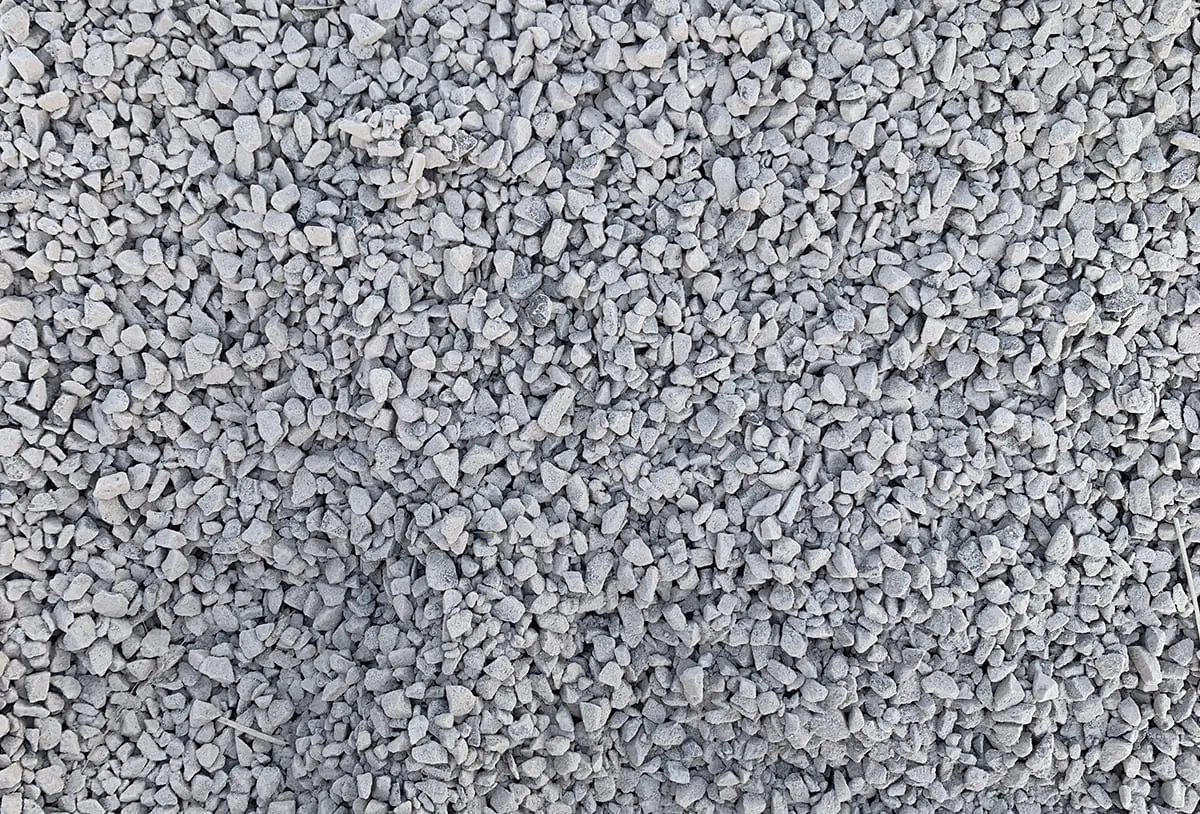
Crushed limestone is a versatile and affordable material that is commonly used in construction projects. It is a popular choice for driveways, walkways, and landscaping projects due to its durability and aesthetic appeal. It can also be a base material for roads and highways, as well as for the production of cement and concrete. Overall, crushed limestone is a valuable resource that has a wide range of applications in various industries.
FAQ Of Crushed Limestone
What is crushed limestone used for?
Crushed limestone processed by a stone crusher is a versatile material widely used across industries due to its durability, affordability, and environmental benefits. Key applications include:
1. Construction & Infrastructure
- Road and Building Foundations: As a stable base layer for roads, driveways, and building foundations.
- Concrete and Asphalt Production: Mixed with cement or asphalt as an aggregate to enhance structural strength.
- Railway and Embankment Stability: Used in crushed-rock embankments to prevent permafrost thawing in cold regions, ensuring infrastructure longevity.
2. Agriculture
- Soil Neutralization: Applied to acidic soils to balance pH levels, improving crop growth conditions.
3. Industrial Manufacturing
- Steel Production: Acts as a flux to remove impurities during smelting.
- Cement Manufacturing: A primary raw material in cement production.
4. Environmental Applications
- Water Treatment: Adjusts pH levels in water filtration systems.
- Chemical Spill Neutralization: Mitigates hazardous spills by neutralizing acidic or toxic substances.
5. Sustainable Alternatives
Replacement for Natural Sand: Crushed limestone sand (CLS) can substitute sea sand in concrete, reducing environmental impact while maintaining performance.
Headquaters Office
Whatsapp:+8615225176731
Email: [email protected]
Address: No. 1688, Gaoke East Road, Pudong new district, Shanghai, China.
Website: https://www.mill-sbm.com/

